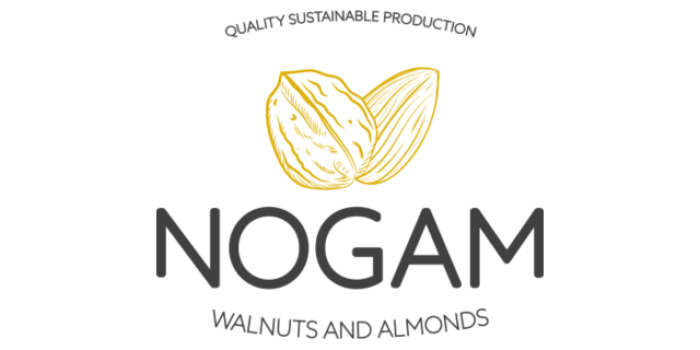Project title: Agroecological and Climate Management Plan
Type of project: business implementation
SDG(s) relevant to the project: 15
Topic(s): net zero and Scope 3 emissions, nature-positive approaches and regenerative agriculture
Product(s): walnuts
Project end date and duration: ongoing
Abstract: This project’s area of study is Herdade das Atafonas and Herdade da Fonte da Ordem, located in the district of Évora, Portugal, about 13 km southeast of the city. The area under analysis has a total size of 584 hectares (99 hectares from Herdade da Fonte da Ordem and 485 hectares from Herdade das Atafonas), with approximately 340 hectares occupied by walnut orchards, which are distributed across both estates.
The main goal of this project is to preserve our home whilst finding transformation possibilities that allow for the regeneration of natural resources, increase climate resilience, and restore ecological systems. In a world in crisis, the disappearance of biodiversity, climate change, and ecological degradation are symptoms of unsustainable growth, and we want to demonstrate what an impactful investment can mean for the local community but also in our sector. With the help of the latest technology, we can effectively reduce costs, be more efficient in terms of resource management and enhance our performance.
The institutional pressure of the European Union is accompanied by social pressure and market demands that increasingly prioritize environmental concerns. Consequently, the diversity of approved active herbicidal substances is decreasing, and weed control may become more challenging in the short term. Therefore, it is urgent to begin changing agricultural practices, likely transitioning through a phase of coexistence between chemical solutions and natural-based solutions. The empowerment of farmers and agricultural managers in agroecological practices is crucial, as they will undoubtedly play a significant role in the agriculture of the near future.
The agroecological vision is based on a strategic integration throughout the business, for which a rationale can be formulated to reconcile ecological value, ecosystem management, and innovation.
Alongside a team of consultants, we have developed an objective plan for the next 10 years, described as the Agroecological and Climate Management Plan. lt started in 2021 and has now reached its third year of implementation, with tangible results.
The general objective of the project is to develop an Agroecological and Climate Management Plan based on the assessment of bioindicators and to develop a Functional Landscaping Plan (fauna and flora) based on information on the state/trend of ecosystem functions and presentation of management proposals —soils, habitats, grasslands, hedges, slopes, ditches, etc. Additionally, the project aims to implement an Ecosystem Management System based on GIS and indicators of ecological and climatic risk, as well as reference values for assessing and valuing ecosystem services.
The specific goals and scope of the project are:
- Define a baseline of the starting situation in the context of agroecology.
- List flora and fauna species to compose a biodiversity report on the area.
- Detection of species:
- Bioindicators of the state and trend of the agroecosystem, in terms of imbalances, pests, etc.
- With agroecological potential, i.e., benefiting crops and improving ecosystem services.
- With economic interest/value for commercial use/services to the community, such as food purposes, extraction of compounds, etc.
- To analyze the walnut orchard area to study options that allow agroecological practices to be combined with the planned cropping regime:
- Conservation and restoration – aquatic ecosystems and wetlands. Objective: preserve high ecological value and promote ecosystem services, conservation and restoration of riverbanks, optimize drainage functions, and densify riparian galleries.
- Grasslands for green manure and auxiliaries: Objective: conserve soil and microbiome, promote natural pollinators, increase auxiliaries throughout the year.
- lnstallation of natural hedges. Objective: protect the walnut orchard from roads and the margins of ditch zones, incorporate diversity within the plantation, provide pollinators and auxiliaries for crops.
Impact and Outcomes:
Conservation and restoration – aquatic ecosystems and wetlands: The patches of “temporary ponds” detected in the assessed area fall into a typology officially designated as “Mediterranean temporary ponds,” which, due to their ecological importance, are protected by national and European legislation (Habitats Directive). Besides their ecological importance, they are increasingly rare habitats, hence classified as a priority natural habitat for conservation.
The significance of temporary ponds extends beyond legal and ecological dimensions to the agroecological and productive realm: they harbour an impressive diversity of flora and fauna species, essential elements in the annual cycles of water, carbon, and nitrogen, as well as in the natural cycles of the surrounding ecosystem —including productive areas. The presence of Mediterranean temporary puddles in naturally occurring areas (i.e., depressions in the terrain where water accumulates during rainy seasons) is highly beneficial in agroecological production systems:
- They contribute to the ecosystem’s water cycle as they are connected to underground streams that traverse the surrounding terrain.
- Their flooding/drying cycle promotes and regulates the reproductive cycle of amphibians, reptiles, mammals, and many invertebrates, which actively participate in controlling agricultural pests.
- They serve as refuges for rare, endemic, or threatened plant species, making their preservation a significant symbol (increasingly recognized) of good production practices and environmental preservation —crucial communicative elements.
Grasslands for green manure and auxiliaries: Ground cover has been used with the objective of reducing soil erosion by wind and water, but also by contributing to the addition or retention of nitrogen in the soil, facilitating the availability of other nutrients (such as phosphorus and calcium), increasing soil biological activity, producing organic matter, increasing soil structure stability and reducing its compaction and cracking, favouring water infiltration and, in some cases, moisture retention, as well as facilitating the access and transit of agricultural machinery.
The green ground cover, based on natural vegetation, is diverse and functionally valuable, and it is advisable to improve its presence, considering local conditions (e.g., soil, climate). It is helped significantly during the harvest period. Despite unexpected rains or in hard-to-reach areas, we noticed that it facilitated access for harvesting machinery and helped with water retention in the soil.
lnstallation of natural hedges: Here, two types of hedges are worth mentioning: one hedge at the property boundary, whose function includes the protection and creation of a biodiversity hotspot on the property, and another functional and protective hedge in an old watercourse, with a differentiated composition for protection and with a potential for development.
lnstallation of shelters for bats: These artificial shelters, made of wood, are spaces that try to simulate the characteristics of natural shelters. They can be placed on trees, poles, or buildings. Since bats feed on large quantities of insects, about half their weight per night, they can help in combating potential pests, allowing for a reduction in spending on insecticides and other pesticides.



